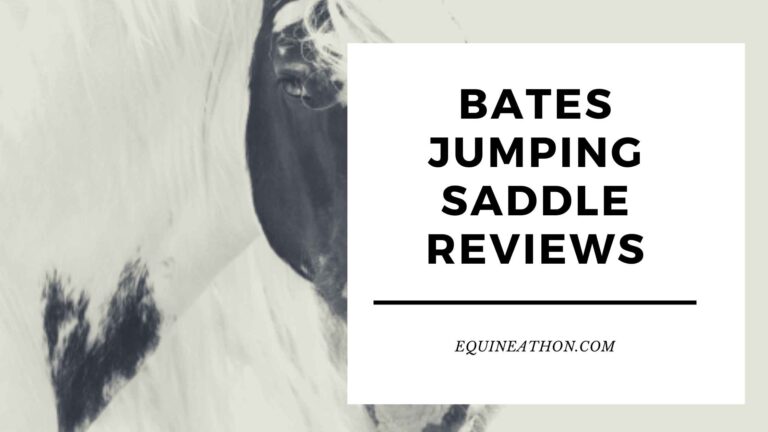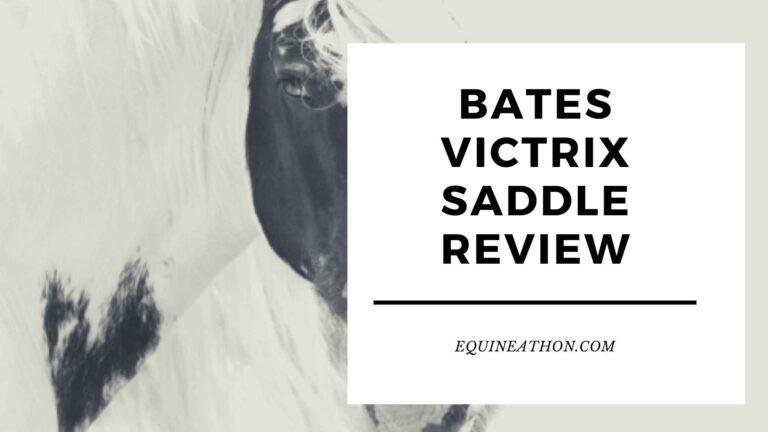Who Used Lassos, Lariats, Steel Spurs, and Saddles?
As someone who has delved deep into the rich tapestry of world cultures and their fascinating traditions, it has always intrigued me how certain tools and equipment become symbolic of a particular group. The use of lassos, lariats, steel spurs, and saddles is deeply rooted in history and is often associated with a specific way of life. But who were the primary users of these iconic tools?
Direct Answer: Lassos, lariats, steel spurs, and saddles were primarily used by cowboys, vaqueros, gauchos, charros, and various other horsemen and cattle herders across different cultures. These tools played a vital role in their everyday tasks and have since become emblematic of their respective cultures.
Lassos and Lariats: A Symbol of Control
Lassos and lariats are essentially ropes with a loop at the end, designed to catch animals. Historically, the vaqueros of Mexico were some of the earliest known users of these tools. Their skills were then adopted and adapted by the cowboys of the American West. Both groups used these tools for cattle herding, allowing them to catch and control the cattle from horseback.
Steel Spurs: Not Just an Accessory
While many associate steel spurs with a touch of cowboy flair, they were primarily a functional tool. Spurs were used by horse riders to give cues to their horses, aiding in control and directing speed and movement. Both cowboys in North America and vaqueros in Mexico used them. Further south, the gauchos of the South American Pampas also sported spurs, often intricately designed and reflecting the individual’s personal style.
Saddles: Essential for the Ride
The saddle is arguably the most vital piece of equipment for anyone working on horseback. It provides the necessary support and balance for the rider while ensuring comfort for the horse. Different cultures had variations of the saddle tailored to their specific needs. While the cowboys of the American West used saddles known for their horn – a feature essential for roping cattle, the charros of Mexico had their distinct style. Additionally, Mongolian horsemen, renowned for their equestrian skills, used a completely different style of saddle, suited to the unique demands of their terrain and tasks.
Conclusion
The use of lassos, lariats, steel spurs, and saddles provides a window into the lives of various horse-riding cultures across the world. These tools, while functional in nature, have become emblematic of the identities of these groups, symbolizing their skills, way of life, and the landscapes they roamed.
While technology and modernization might have changed many aspects of herding and riding, the legacy of these tools endures, a testament to the timeless bond between humans and horses.
ALSO SEE: Best Saddles for High Withered Horses
FAQs Based on the Article: “Who Used Lassos, Lariats, Steel Spurs, and Saddles?”
- What are the main tools discussed in the article?
- The main tools discussed are lassos, lariats, steel spurs, and saddles.
- Who primarily used lassos and lariats?
- Lassos and lariats were primarily used by cowboys, vaqueros, and other cattle herders.
- Where did the use of lassos and lariats originate?
- The use originated with the vaqueros of Mexico.
- What was the main purpose of a lasso or lariat?
- They are ropes with a loop at the end, designed to catch and control animals, especially cattle.
- What function did steel spurs serve?
- Steel spurs were used to give cues to horses, aiding in their control and directing their speed and movement.
- Did the gauchos of South America use steel spurs?
- Yes, gauchos sported spurs, often with intricate designs.
- How do saddles benefit the rider and the horse?
- Saddles provide necessary support and balance for the rider while ensuring comfort for the horse.
- How does the saddle of a cowboy differ from that of a charro?
- Cowboys’ saddles are known for their horn, used for roping cattle, while charros have their distinct style.
- Did Mongolian horsemen use the same style of saddle as cowboys?
- No, Mongolian horsemen used a different style of saddle suited to their terrain and tasks.
- What symbolizes the skills and way of life of horse-riding cultures?
- The use of lassos, lariats, steel spurs, and saddles symbolizes their skills and way of life.
- Are lassos and lariats the same tool?
- Essentially, yes. They are both ropes with a loop, but there might be slight variations based on regional use.
- What’s the significance of the horn on a cowboy’s saddle?
- The horn is essential for roping cattle.
- Were steel spurs just decorative items?
- No, while they can be decorative, their primary function was for controlling horses.
- Which culture first used lassos and lariats?
- The vaqueros of Mexico were among the earliest users.
- How have these tools become emblematic of their respective cultures?
- These tools, being functional for everyday tasks, have become symbols of the identities and skills of these groups.
- Do modern herders still use these traditional tools?
- While technology has changed many aspects, the legacy of these tools endures in many places.
- Are the saddles used universally the same?
- No, different cultures had variations of saddles tailored to their specific needs.
- Did the article mention any other horse-riding cultures apart from cowboys and vaqueros?
- Yes, it also mentioned gauchos, charros, and Mongolian horsemen.
- Why are these tools considered emblematic of the identities of these groups?
- They symbolize their skills, way of life, and the landscapes they roamed.
- Where did gauchos come from?
- Gauchos are from the South American Pampas.
- What’s the primary difference between a lasso and a lariat?
- While essentially the same, there might be regional variations in design or use.
- How did cowboys adapt the skills of the vaqueros?
- Cowboys adopted and adapted the roping and herding skills of the vaqueros for their needs in the American West.
- What landscapes did these horsemen roam?
- They roamed various landscapes, from the plains of North and South America to the terrains of Mongolia.
- What is the bond that the article emphasizes between humans and horses?
- The article emphasizes the timeless bond between humans and horses through their shared tasks and tools.
- Were the tools used exclusively for cattle herding?
- While primarily used for cattle herding, they might have had other uses based on regional and individual needs.
- Do charros have a distinct style of saddle?
- Yes, charros have their unique style of saddle.
- Were steel spurs used only in North America?
- No, they were also used by gauchos in South America.
- How do spurs reflect an individual’s style?
- Spurs, especially among gauchos, could be intricately designed, reflecting the individual’s personal style.
- What’s the article’s conclusion about the legacy of these tools?
- The article concludes that while technology might have changed many aspects of herding, the legacy of these tools endures.
- Did every horse rider use steel spurs?
- Not necessarily, but many horsemen across various cultures used them.
- How does the article describe the Mongolian horsemen’s saddles?
- The saddles used by Mongolian horsemen are described as being completely different and suited to their unique demands.
- Why were saddles important for cattle herding?
- Saddles provided the necessary support and balance for riders, making it easier to herd cattle from horseback.
- Did the use of these tools vary between cultures?
- Yes, while the basic function remained, there were variations in design and style based on regional and cultural needs.
- Are lassos still in use today?
- Yes, in many places, lassos are still used, especially in ranching and rodeo events.
- Who were the primary users of steel spurs in North America?
- Cowboys and vaqueros were the primary users.
- Why is the horn on a cowboy saddle essential?
- It’s used for roping cattle, providing a place to anchor the rope.
- What role did saddles play in the everyday tasks of horsemen?
- They provided support and balance for the rider and comfort for the horse, facilitating various tasks on horseback.
- Were lassos and lariats only used in North America?
- No, they were also used by various horse-riding cultures across the world.
- Do saddles ensure only the rider’s comfort?
- No, saddles ensure both the rider’s comfort and the horse’s comfort.
- How have these tools influenced modern horse-riding and herding practices?
- The legacy of these tools, their design, and functionality have influenced and shaped modern practices, even with technological advancements.





